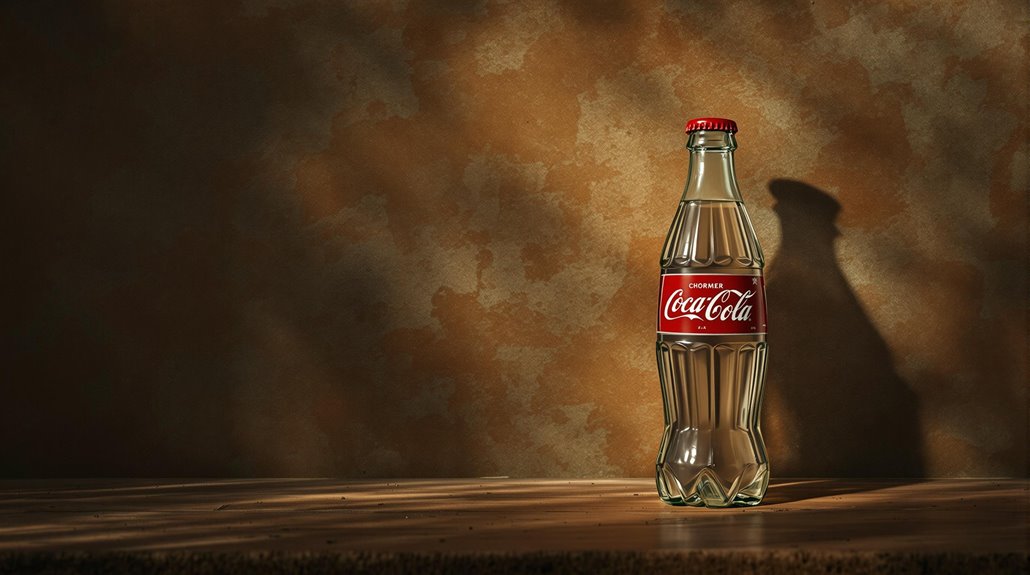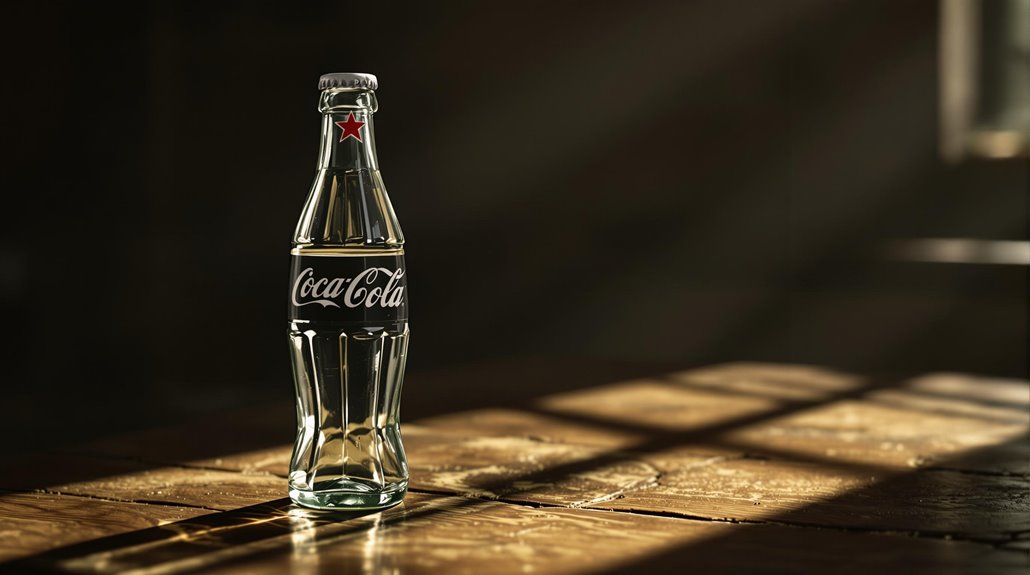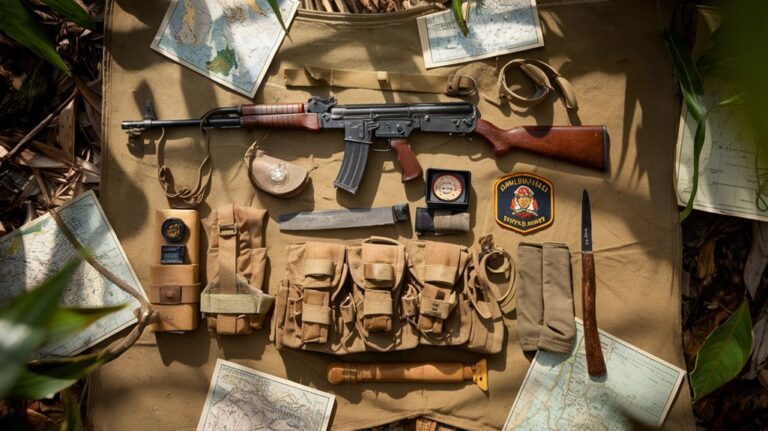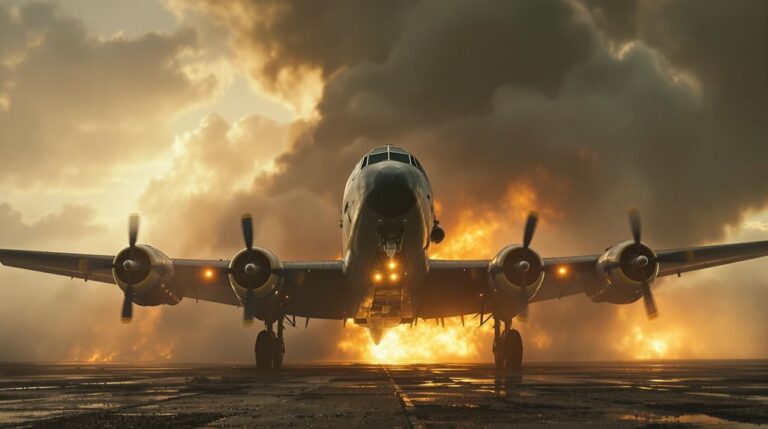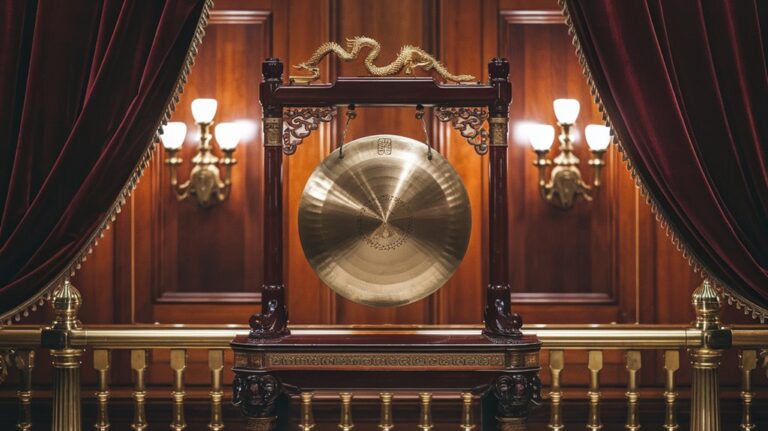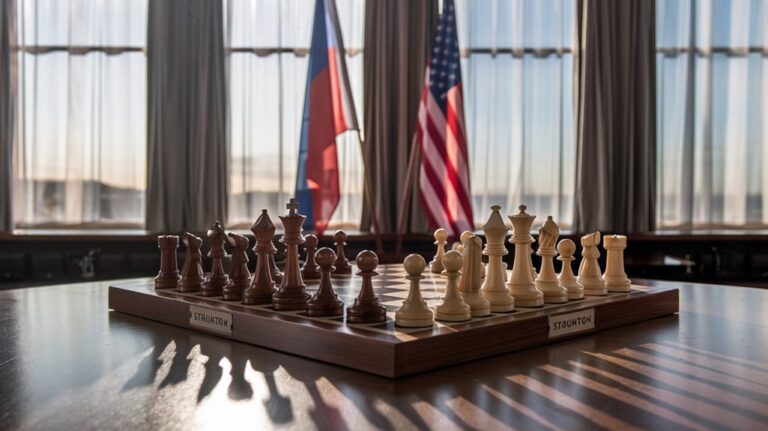Clear Coca-Cola for a Soviet Hero? Indeed
Have you ever wondered what lengths a global superpower would go to satisfy one man's forbidden craving? In the midst of the Cold War, Marshal Georgy Zhukov's taste for America's favorite beverage sparked an extraordinary collaboration between Coca-Cola and the U.S. government. You won't find this crystal-clear version of Coke on store shelves today, but its creation reveals an intriguing tale of how a simple drink managed to bridge the iron divide between East and West.
The Marshal's Unusual Request
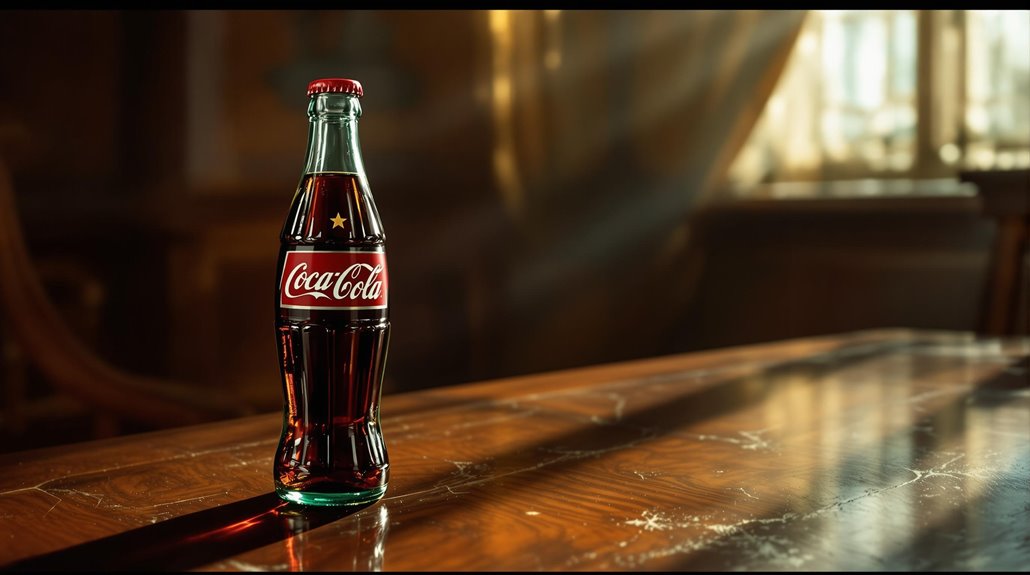
While American products were strictly taboo in the post-WWII Soviet Union, Marshal Georgy Zhukov's love for Coca-Cola led to one of the Cold War's most unusual diplomatic requests.
You might wonder how Zhukov's cravings for this capitalist symbol began. It all started when General Eisenhower introduced him to the beverage, sparking an appreciation that would require covert operations to satisfy. Fifty cases were specially produced in Brussels to fulfill his unique request.
Knowing he couldn't be seen with the iconic American drink, Zhukov devised an ingenious plan. He reached out to his American contacts with a peculiar appeal: he wanted Coca-Cola that didn't look like Coca-Cola.
His specifications were clear – the drink needed to be colorless like vodka and packaged in straight bottles with white caps bearing red stars, ensuring he could enjoy his favorite beverage without risking his career. The request made its way to President Truman, who saw this as a diplomatic opportunity worth pursuing.
From Brown to Crystal Clear: The Secret Formula
Although creating a clear version of Coca-Cola seemed impossible, the company's chemists achieved this feat by removing the caramel coloring while preserving the drink's distinctive taste.
The secret recipe, guarded for over 130 years and known only to two executives at a time, underwent this unique transformation in the post-World II period. The company has long maintained FDA-approved natural flavors as a key ingredient listing to protect the formula's secrecy.
You might wonder how they managed to maintain the iconic flavor while stripping away the familiar brown hue. The process, developed specifically for a Soviet general, marked the first instance of clear cola production. The formula originally contained cocaine from coca leaves until its removal in 1903 due to growing health concerns.
It's fascinating to note that while the original formula, including the mysterious "Merchandise 7X," remains locked in a vault at the World of Coca-Cola in Atlanta, this clear version pioneered a new era in beverage innovation, later inspiring the clear cola trend of the 1990s.
Disguised as Vodka: Packaging and Distribution
You'd never guess it was Coca-Cola from looking at the bottle – that was exactly the point. The packaging challenges were solved by using straight-sided glass bottles from Crown Cork and Seal Company in Brussels, topped with white caps bearing only a red star.
Gone were Coke's signature curved bottle and familiar branding, replaced by a vodka-like vessel that would blend seamlessly with local Soviet products.
The distribution tactics were just as strategic. Starting with 50 cases from the Lambach plant, the clear Coke made its way to a Vienna warehouse before reaching Marshal Zhukov through diplomatic channels.
The operation was so secretive that few Coca-Cola employees knew about it, and today no bottles remain. The unique formula was developed by a skilled chemist who successfully removed the drink's signature caramel coloring.
The project began when Zhukov's request reached President Truman through General Mark W. Clark.
Cold War Politics Meets Carbonated Desires
Soviet Marshal Georgy Zhukov's love affair with Coca-Cola sparked an unlikely Cold War collaboration between America's most iconic beverage maker and the U.S. government.
What began as a personal request from a decorated Soviet hero turned into a unique exercise in beverage diplomacy, with President Truman and General Clark working behind the scenes to fulfill Zhukov's unusual desire.
You'll find it fascinating that this cultural exchange occurred during a time of mounting tensions between the superpowers.
While the U.S. was positioning Coca-Cola as a symbol of American values worldwide, they were simultaneously creating a colorless version to help a Soviet marshal avoid political persecution.
The operation demonstrated how personal relationships between wartime allies could transcend ideological divisions, even as the Iron Curtain was descending across Europe. The specially designed drink came in bottles with white caps and stars, carefully crafted to maintain a communist-friendly appearance. The delivery consisted of 50 crates of the clear beverage, shipped directly to Zhukov.
The Legacy of White Coke in Soviet-American Relations
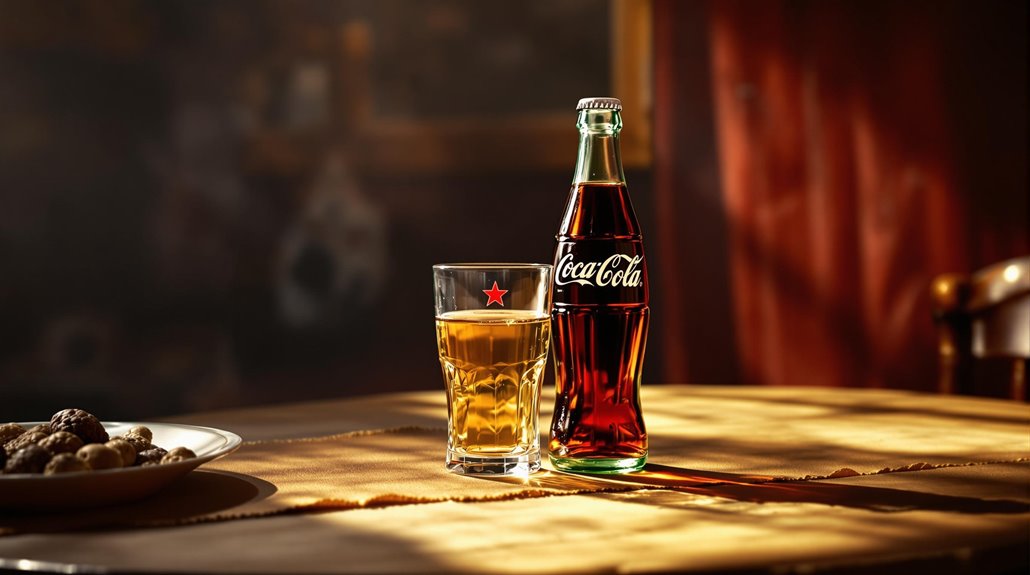
While historians often focus on major diplomatic initiatives during the Cold War, White Coke's legacy reveals how consumer products could create unexpected bridges between adversaries.
This unique diplomatic beverage proved that commercial products could transcend political barriers, establishing unofficial channels of communication between the US and USSR. As an initial patent medicine, Coca-Cola's evolution from pharmacy counter to diplomatic tool shows its remarkable transformation.
You'll find its influence extended far beyond simple refreshment – it sparked consumer curiosity among Soviet citizens and demonstrated how personal preferences could overcome ideological divisions.
The clear cola's presence in Soviet circles foreshadowed future East-West trade relations, particularly Pepsi's groundbreaking entry into the Soviet market in 1972. Soviet leader Marshal Zhukov's request for a clear version of Coca-Cola demonstrated how even high-ranking officials sought Western products while maintaining appearances.
More importantly, White Coke showed that even during periods of intense political tension, shared commercial interests could create small but significant connections between opposing sides, setting a precedent for future cultural exchanges.

